In the heart of Berlin during the Third Reich, the city morphed into a chilling showcase of Nazi ideology, where propaganda plastered the walls and fear lingered in the air. With monumental structures like the New Reichschancellery standing tall, the city seemed to pulsate with the regime’s ambitions, yet shadows of destruction loomed as the war raged on. As the Allies closed in, Berlin’s fate hung in the balance, forcing its residents to confront the grim reality of their existence. What really went down in those final days, and how did it shape what we know about Berlin today?
Key Points
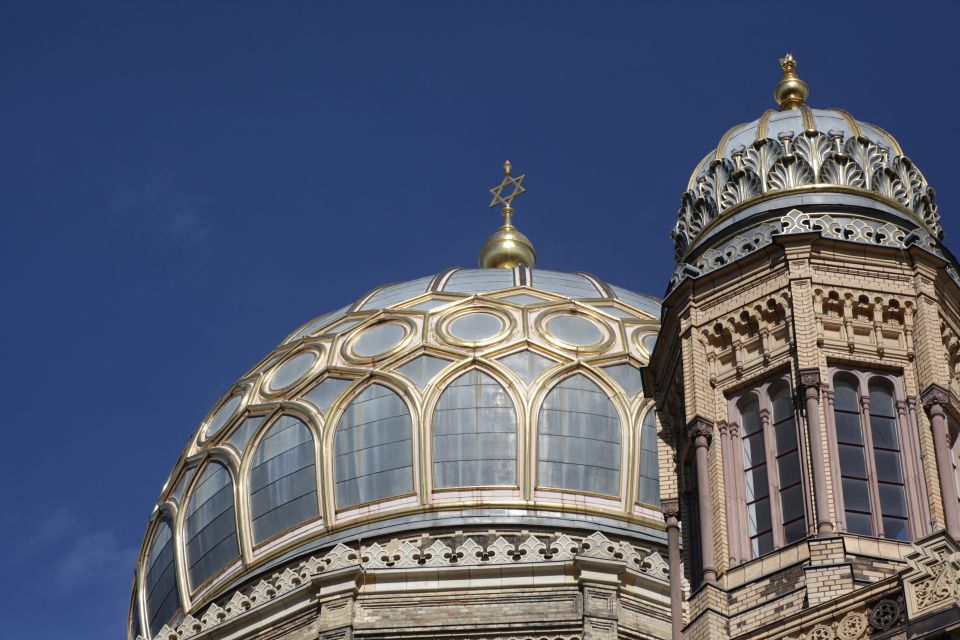
- Nazi Germany emerged in Berlin post-WWI, utilizing propaganda to manipulate public sentiment and scapegoat minorities for economic struggles.
- Berlin’s landscape transformed during WWII, marked by destruction from battles and a resilient spirit among its surviving residents.
- Key sites in Berlin, like Hitler’s bunker and the Topography of Terror Museum, serve as reminders of the regime’s atrocities and lessons learned.
- The Battle of Berlin in April 1945 involved fierce fighting as Soviet forces encircled the city, leading to civilian suffering and destruction.
- Memorials across Berlin, such as the Memorial to the Murdered Jews, promote reflection on the past and foster a commitment to tolerance and understanding.
It's also worth checking out some other tours and experiences nearby.
Historical Overview of Nazi Germany
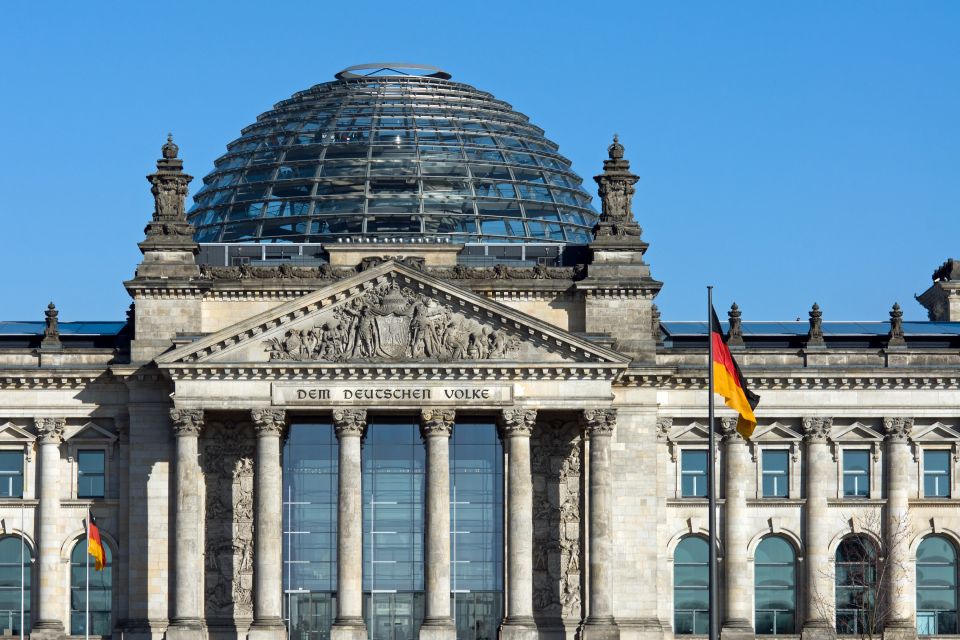
Rising from the ashes of World War I, Nazi Germany transformed into a regime marked by totalitarian control, aggressive expansionism, and horrific human rights violations. The Nazis, led by Adolf Hitler, exploited the country’s economic struggles and national humiliation, swiftly consolidating power through propaganda and fear.
They dismantled democratic institutions, enforcing strict laws that silenced dissent. With militarization in full swing, Germany invaded neighboring countries, igniting World War II.
The regime’s ideologies fueled a campaign of terror, leading to the horrific atrocities of the Holocaust. As the war raged on, Berlin became the heart of Nazi ambitions, a city reflecting the regime’s twisted vision of dominance and purity, ultimately leading to its own downfall amid the ruins of conflict.
Key Sites in Berlin
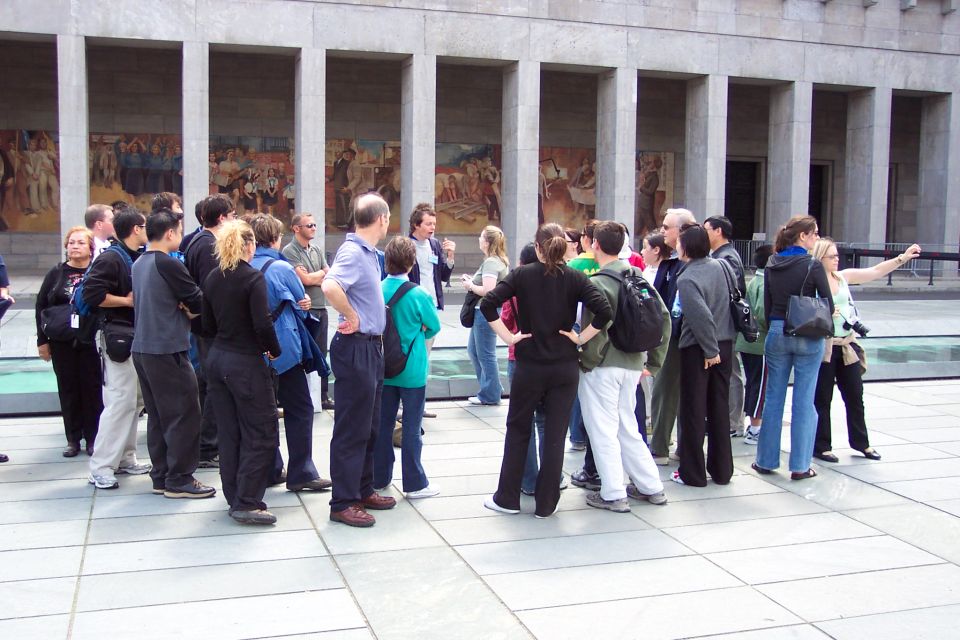
Berlin’s landscape is dotted with key sites that tell the harrowing story of Nazi Germany, each location offering a glimpse into the regime’s dark history and its impact on the city and its people.
Visitors can explore areas that evoke powerful memories and emotions, including:
-
Hitler’s bunker, a chilling reminder of the dictator’s final days.
-
The New Reichschancellery, showcasing grand architecture intertwined with tyranny.
-
Goebbels’ Propaganda Ministry, where manipulation and deceit thrived.
-
The Topography of Terror Museum, built on the former SS and Gestapo headquarters, confronting visitors with the horrors of the past.
These sites collectively serve as reminders, ensuring that the lessons of history remain vivid and relevant for generations to come.
The Rise of the Nazi Party
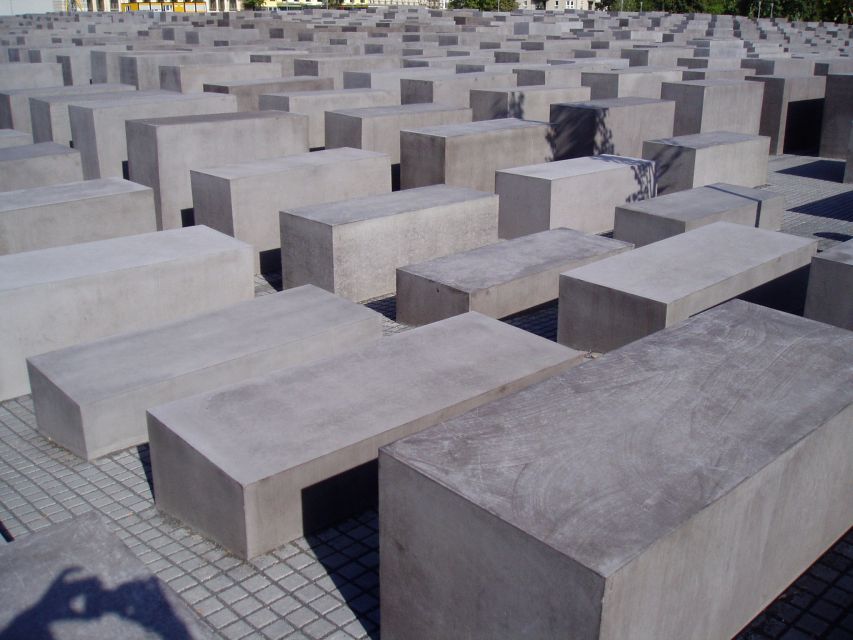
In the early 20th century, a mix of economic turmoil and political instability paved the way for the Nazi Party’s ascent to power in Germany. The aftermath of World War I left the country reeling, with hyperinflation and unemployment making life miserable for many.
Amid this chaos, Adolf Hitler emerged as a charismatic leader, promising to restore Germany’s former glory. The Nazi Party skillfully exploited public discontent, using propaganda to spread their message of national revival and scapegoating minorities. By capitalizing on fear and uncertainty, they gained popular support.
In 1933, Hitler’s appointment as chancellor marked a turning point, allowing the Nazis to consolidate power, dismantle democratic institutions, and ultimately reshape Germany into a totalitarian state.
Impact of WWII on Berlin
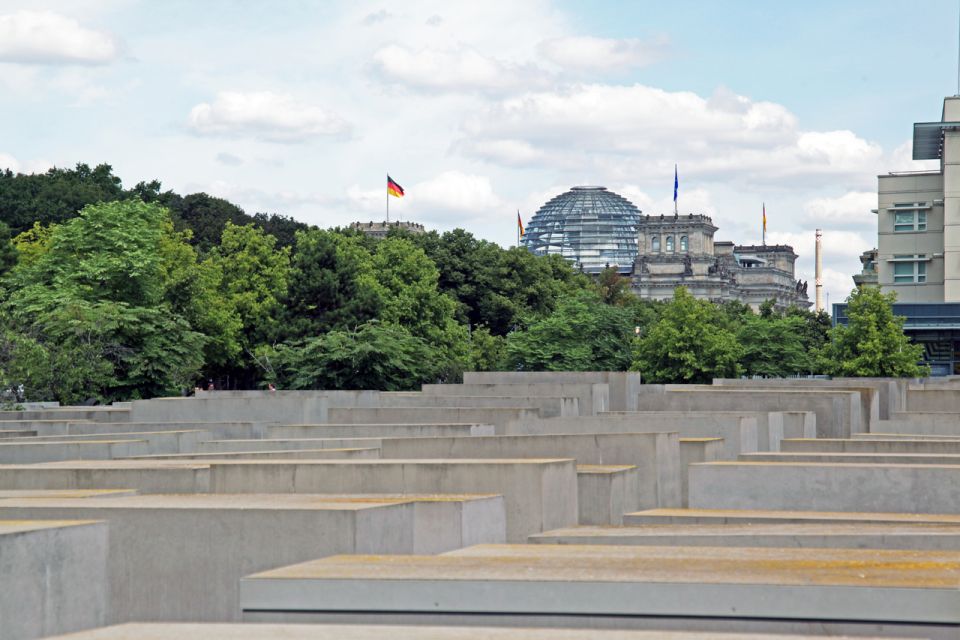
The devastation of World War II left an indelible mark on Berlin, transforming its landscape and reshaping the lives of its residents. The city emerged from the rubble, but the scars of war were everywhere.
Crumbling buildings stood as haunting reminders of the fierce battles.
Smoky skies often replaced the once vibrant atmosphere of the capital.
People navigated through debris, trying to find their way to safety and normalcy.
The sound of sirens and distant explosions echoed in their memories.
Berliners faced a long road to recovery, grappling with loss and displacement.
Amid the destruction, a resilient spirit began to rise, forging a new identity for the city as it rebuilt, reflecting both its tragic past and hopeful future.
Memorials and Remembrance
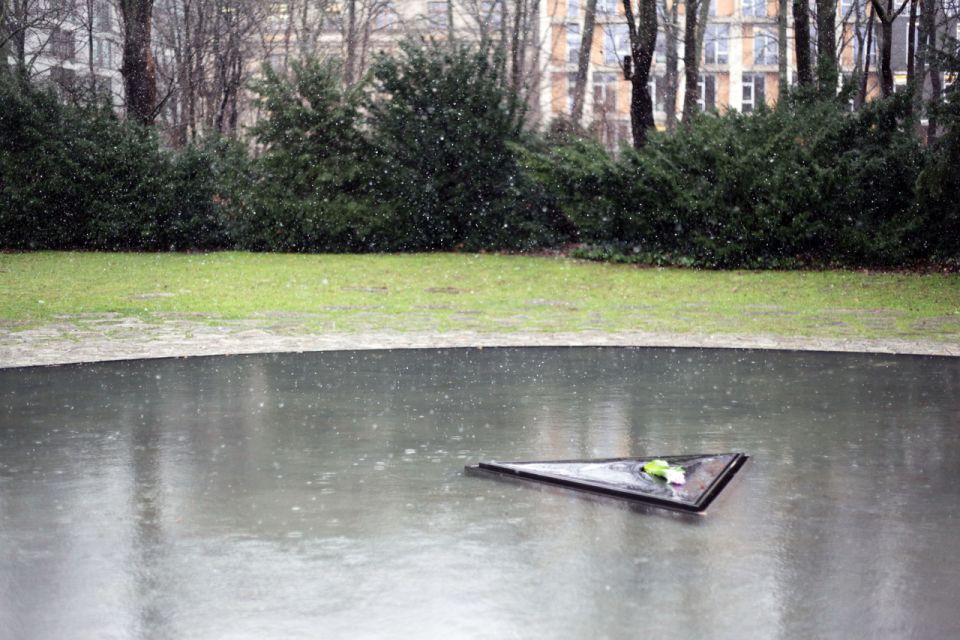
Across the city, memorials stand as powerful reminders of the atrocities committed during the Third Reich, honoring the victims while urging visitors to reflect on the dark chapters of history. These sites create spaces for remembrance and contemplation, highlighting the need to learn from the past.
| Memorial Name | Location | Significance |
|---|---|---|
| Memorial to the Murdered Jews | Tiergarten | Honors the Jewish victims of the Holocaust |
| Memorial to the Sinti and Roma | Mitte | Commemorates the Roma and Sinti victims |
| Topography of Terror Museum | Wilhelmstraße | Documents the crimes of the Nazis |
| Memorial for 96 Politicians | Berlin-Mitte | Remembers political victims of oppression |
| Berlin Wall Memorial | Bernauer Straße | Symbolizes division and loss |
These memorials serve as crucial touchpoints for understanding Berlin’s complex history.
Propaganda and Public Perception
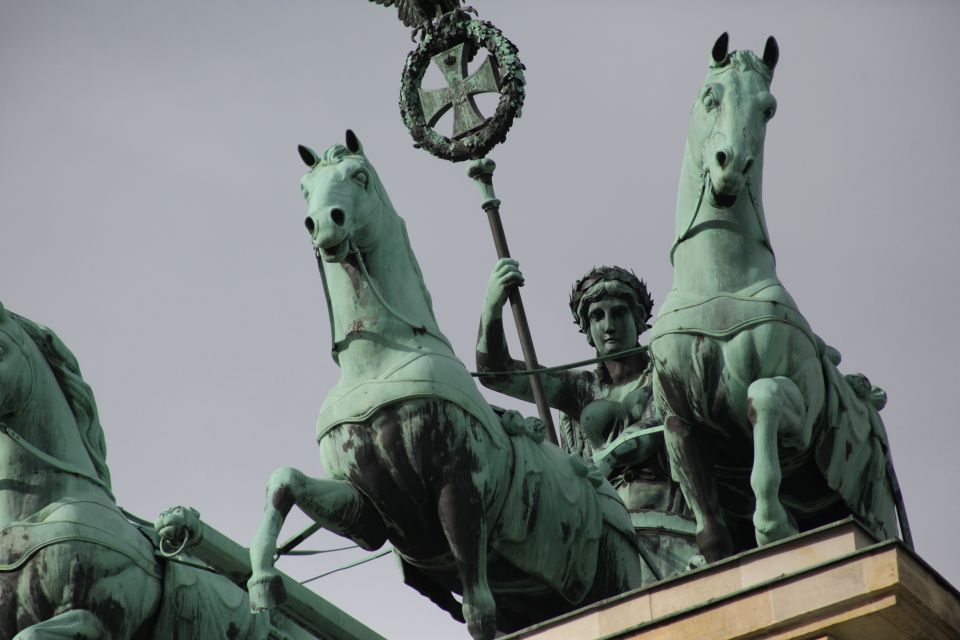
Memorials not only serve as reminders of the past but also highlight how propaganda shaped public perception during the Third Reich, influencing how citizens viewed the regime and its policies. The Nazi regime used propaganda to create a carefully curated image, manipulating realities to maintain control. This effort stirred emotions and obscured the truth, leading many to accept the regime’s actions.
-
Grandiose rallies that electrified the masses
-
Posters depicting joyous Aryan families
-
Compelling speeches that rallied national pride
-
Censorship that silenced dissenting voices
Through these tactics, the Nazis fostered a sense of unity and purpose, masking their brutal realities. The power of propaganda revealed just how easily perception can be molded, often at a devastating cost.
The Battle of Berlin
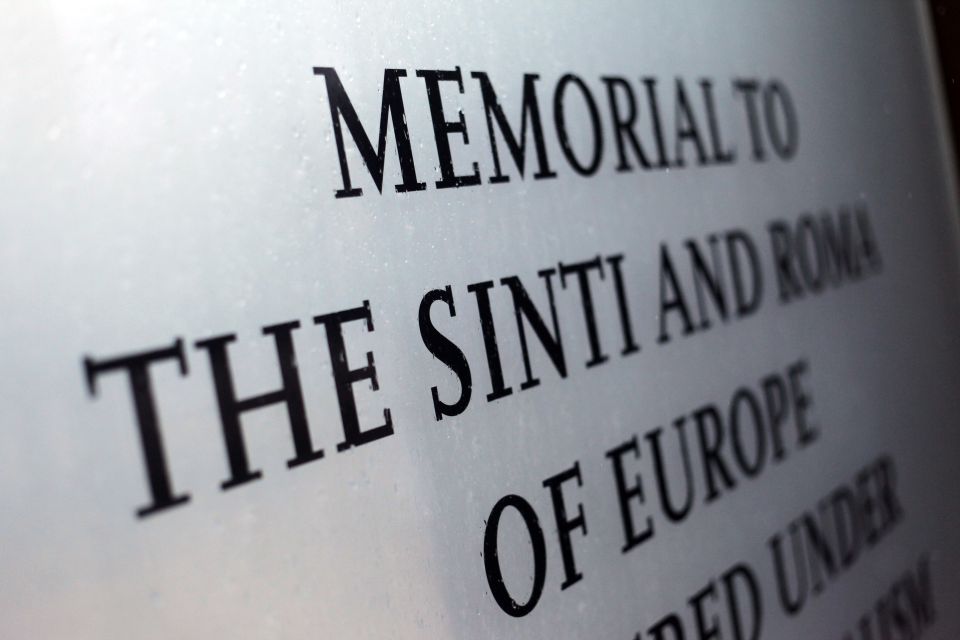
As the Allies closed in on the city in April 1945, the Battle of Berlin turned into a fierce and chaotic struggle for control, marking the end of the Nazi regime’s hold on Germany.
Soviet forces launched a massive assault, encircling Berlin and overwhelming its defenses. The city became a battleground, with fierce street fighting erupting as desperate German troops fought to protect their crumbling empire.
Civilians faced unimaginable horrors, caught between relentless bombardments and the chaos of war.
Hitler, holed up in his bunker, clung to delusions of victory while his forces crumbled around him.
Legacy of the Third Reich
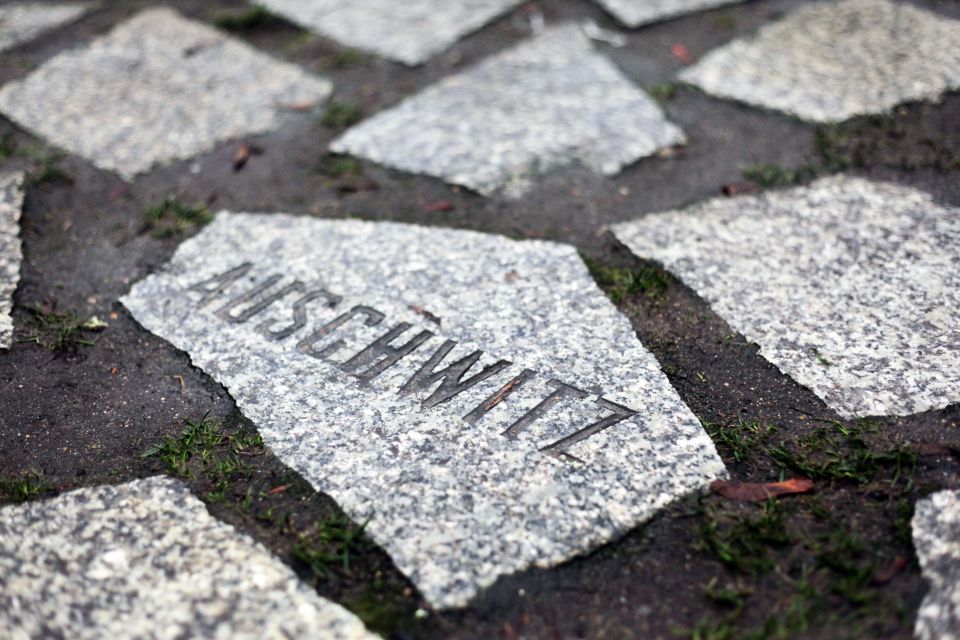
The legacy of the Third Reich continues to shape Germany’s identity and historical consciousness, prompting ongoing discussions about memory, responsibility, and the lessons learned from this dark chapter. This period left a profound impact, visible in various aspects of society today.
Memorials honoring victims remind citizens of the past.
Educational initiatives aim to prevent history from repeating itself.
Art and literature often tackle themes of guilt and redemption.
Public debates on nationalism and immigration echo the struggles of the era.
Germany’s commitment to confronting its past is evident, as it seeks to foster an awareness that honors those lost while promoting tolerance and understanding.
This journey of reflection ensures that the horrors of the Third Reich are never forgotten.
Here's a few more nearby tours and experiences we think you'll like.
Frequently Asked Questions
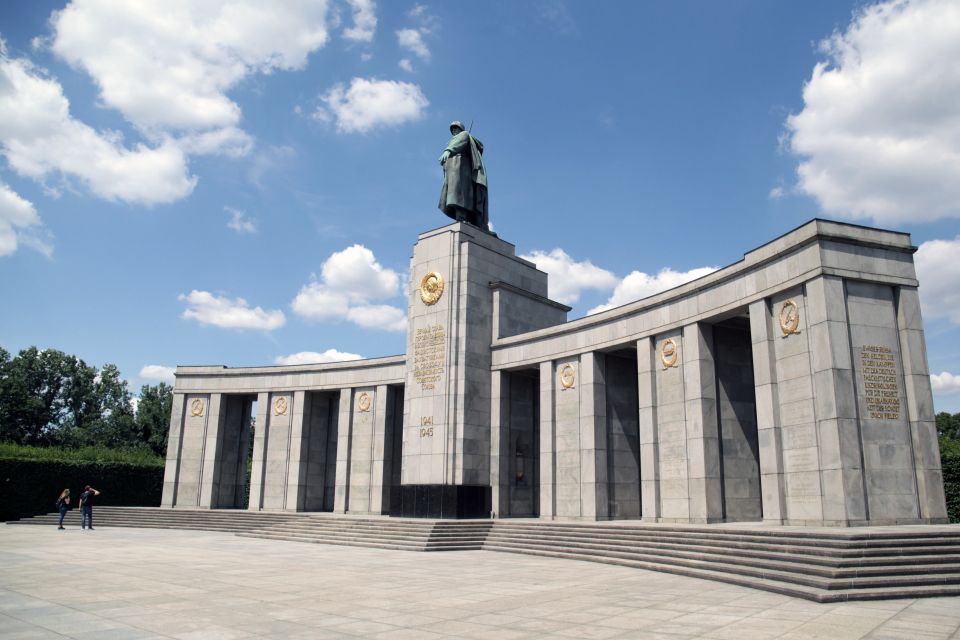
What Are the Tour Options Available for Exploring Nazi Berlin?
For exploring Nazi Berlin, they can choose from private or small group tours. Each option offers guided insights into significant sites, ensuring a fascinating, comprehensive experience of the city’s complex history without breaking the bank.
How Long Does the Guided Tour Last?
The guided tour lasts four hours. Participants get a comprehensive look at the area, enjoying expert insights and engaging stories that bring the history to life, making it a memorable experience for everyone involved.
Is There a Cancellation Policy for the Tour?
The tour has a flexible cancellation policy. Participants can cancel up to 24 hours in advance for a full refund. It’s a great way to secure plans without worrying about last-minute changes!
Are Private Tours Available for Small Groups?
Yes, they offer private tours for small groups. It’s a great way for friends or family to explore together, ensuring a more personalized experience with expert guides sharing engaging stories about the historical sites.
What Languages Are the Tours Conducted In?
The tours are conducted in English and German, ensuring everyone can engage with the fascinating history. Participants appreciate the knowledgeable guides who make the experience both fun and informative, bringing the past to life.
Not for you? Here's more of our most recent tour reviews happening neaby
- Berlin: 4-Hour Discovery Tour in VW Beetle Convertible
- Berlin Friedrichshain: 3-Hour Walking Tour With a True Local
- Berlin: Private Walking Tour With a Local
- Berlin: Alternative Culture Walking Tour & Photoshoot
- Berlin: Neukölln Walking Tour
- Berlin: 4-Hour Discovery Tour in VW Beetle
- Berlin: Private Sightseeing Segway Tour
- Full Classical Experience – Altes Museum & Pergamon Panorama
- Berlin: Self-Drive City Sightseeing Tour in a Mini Hot Rod
- Berlin: World War II and Cold War Guided Walking Tour
- Berlin: History and Alternative Tracks With Local Guide
- Berlin: Hop-On Hop-Off Bus & The Berlin Dungeon
- Berlin: Old Neukölln Private Walking Tour
- Berlin: DIY & Subculture Sightseeing in a 1972 Ford Van!
- Berlin at Night: Romantic Moon Boat Ride
Recap
In the end, Berlin’s transformation during the Third Reich and WWII tells a chilling tale of power, destruction, and resilience.
The city, once a vibrant hub, bore the scars of totalitarian rule and relentless conflict.
As it rebuilt, Berlin also embraced its past, creating memorials that honor the suffering endured.
Today, the legacy of that dark era serves as a poignant reminder, urging everyone to reflect on the importance of freedom and the dangers of unchecked power.
